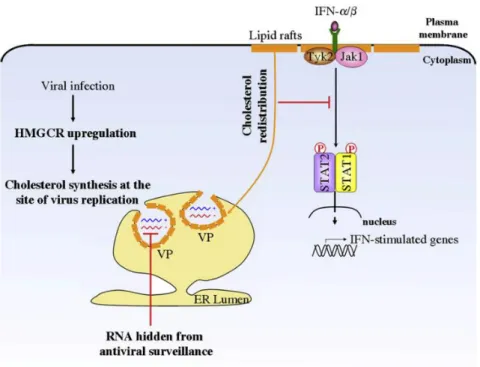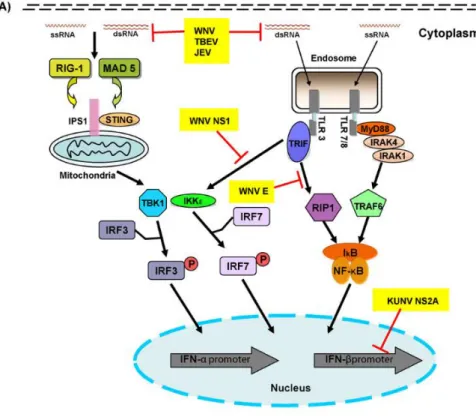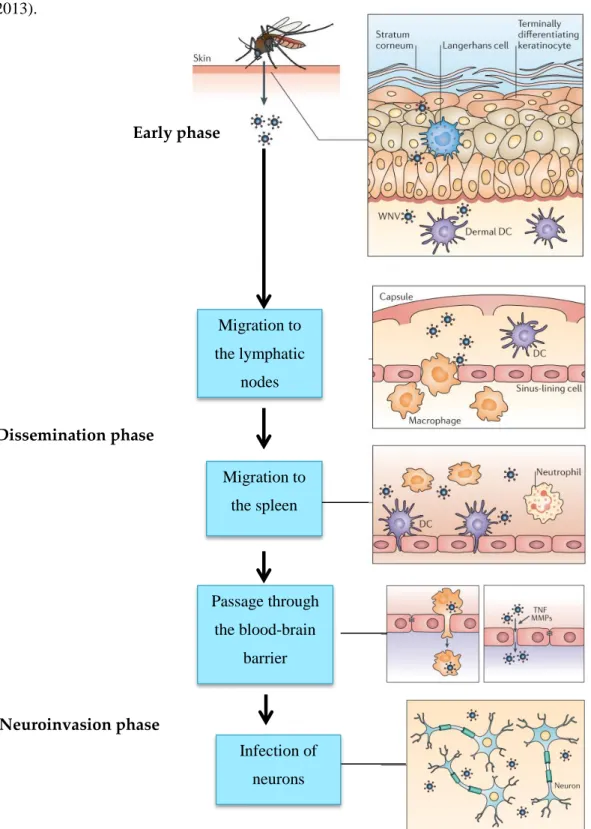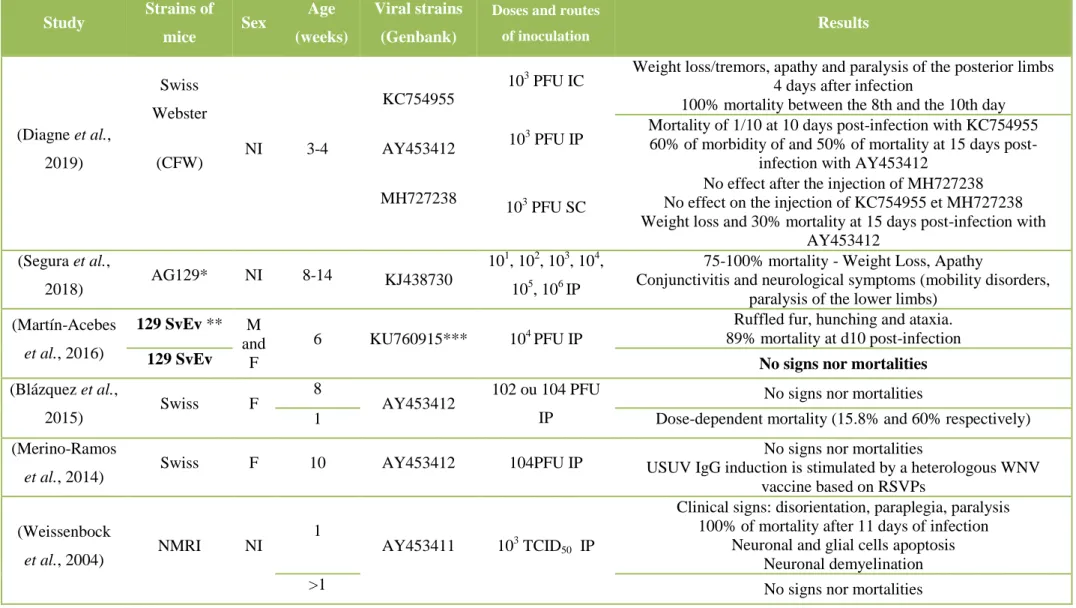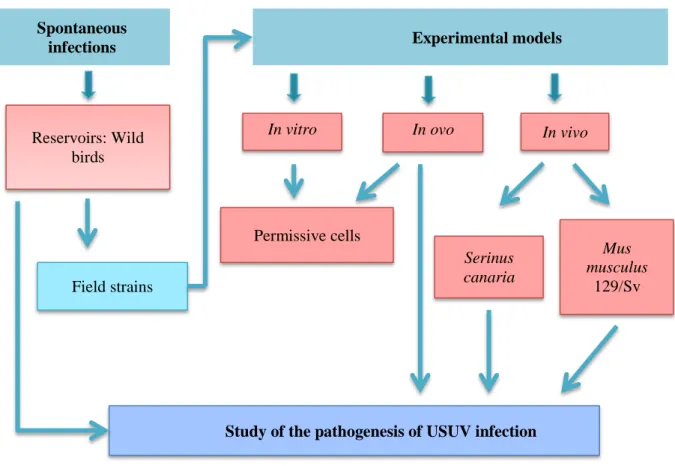Study of the pathogenesis of Usutu virus infection in ovo and in vivo
Texte intégral
Figure
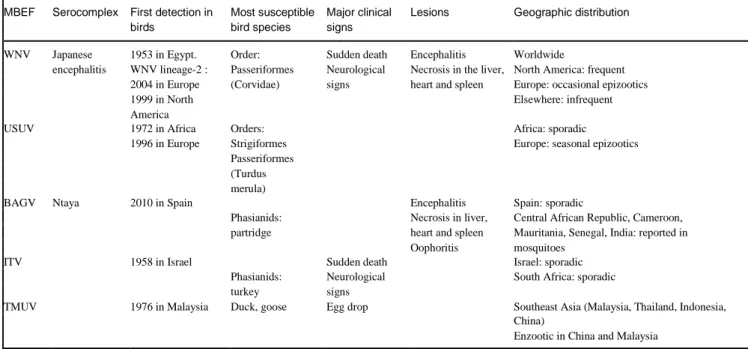
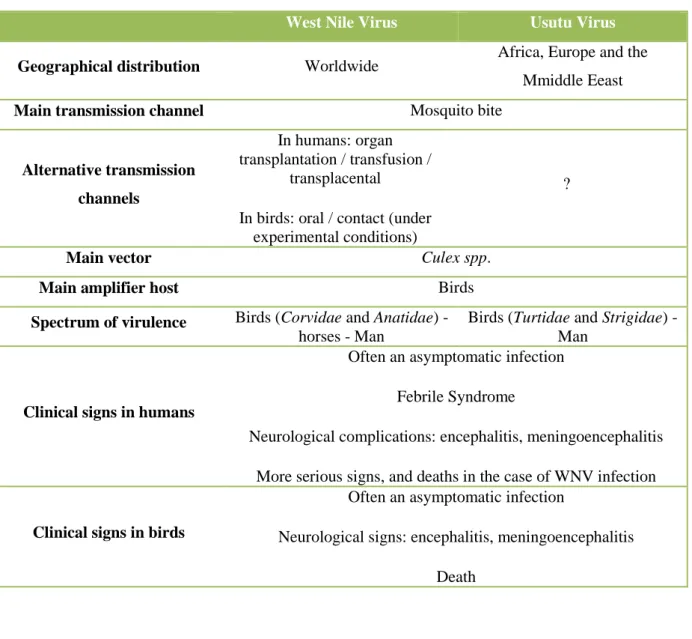


Documents relatifs
Considering that EMCV1.26-in- fected cells did not undergo programmed cell death (Fig. 9 and 10), that EMCV has been shown to inhibit apoptosis (1, 41), and that cells infected with
Using a battery of recombination signal detection tools and rigorous manual and automated evaluation of recombination signals, we identified sets of 120 and 164 non-ambiguous
In order to elaborate on this in vitro response induced by the NS3 protein, the induction of IFN-γ ELISPOT was deter- mined using PBMC from an immune ani- mal stimulated in vitro for
The structural proteins are required for genome packaging and cell fusion, whereas the NS proteins are mainly responsible for host cell interactions, virus replication and
detected in cells and supernatants, indicating that the ORF2 capsid protein likely undergoes post- 28..
By combining the highly replicative and cell culture-selected gt3 p6 strain 19 and a highly transfectable subclone of PLC/PRF/5 cells (PLC3 cells), we recently developed an
In vivo methods to study protein-protein interactions as key players in Mycobacterium tuberculosis virulence.. Romain Veyron-Churlet,
Genes relating to the innate immune system were among the most upregulated genes in BTV8⌬NS4-infected cells, even if some of them were also found to be upregulated in

